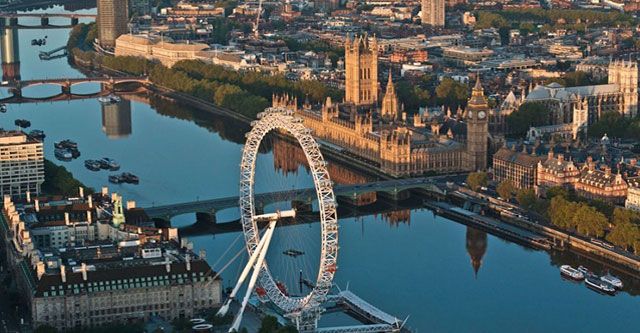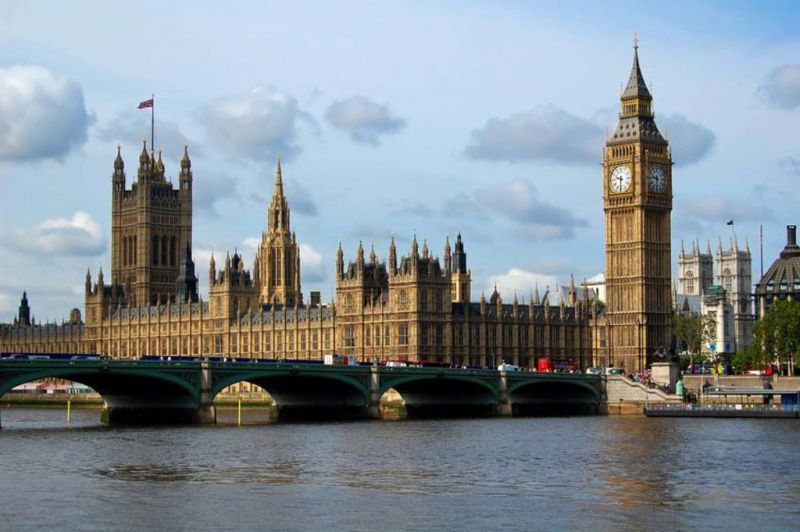From Dead and Stink to One of the Cleanest Rivers in the World
Published on by Water Network Research, Official research team of The Water Network in Academic
By 1957 the river Thames was declared biologically dead by Natural History Museum. After 60 years of declaring dead, the Thames is thriving.
By Srujan Chada

River Thames London
After 60 years of declaring dead,the Thames cameback as one of the cleanest river in the world, fish returning back, life is thriving below and above water. The transformation has won the International Thiess River Prize, a £220,000 award in 2010 for its outstanding restoration process.
The great stink
The 200-mile river was the destiny of the London’s waste. It was then the dustbin of London. During the Victorian era Industrial waste, Untreated sewage, slaughter houses waste everything got routed into the Thames and as a result Thames started to get polluted at a massive pace. World war II bombings blasting sewage treatment plants had made more sewage to spill into Thames.
This made pushed Thames from bad to worse but It was not until 1857 great heat people noticed the awful smell of the River Thames. Due to pollution, the amount of oxygen in the water fell so low that no life could surviveand in effect fish either died or swam away.The Jewel of London got branded as “Great Stink”. With no
and continued spillage of untreated pollutants, Thames started to stink and die, eventually declared dead in 1957 by Natural History Museum. “If you fell into the River Thames in the 1950s you would have to be rushed to hospital to have your stomach pumped as the river was full of untreated sewage. “
Clean up process
The Awful Stinking Thames “the Great Stink” has finally reached the houses of the parliament during the heat wave in 1857 and the outbreak of cholera forced the lawmakers to pass the Law for cleaning of awful Thames. And it was not until 1865 a plan was agreed. Engineer Joseph Bazalgette masterminded the plan to divert sewage directly into the outfalls at Beckton and Crossness leaving Thames in central London Sewage free.
This improved lot of central London, but the water in the downstream got seriously fouled. Introducing sewage treatment 20 years later fixed the water of the downstream but Increasing industrialisation and London's growing population in the early part of the 20th century continued to put a strain on the Thames leading to it’s biologically death in 1957.
Something was not right, diverting sewage fixed the smell but the river is dead. Cleaning Thames was seriously taken again in 1960 which further improved sewage treatment, industrial discharges were removed, and biodegradable detergents came in use.Oxygen levels in the Thames was increased using Two vessels - the Thames Bubbler and the Thames Vitality.
Natural life is back in river
Sixty years ago, nothing could survive in the Thames and it was declared biologically dead– but today it is home to seals, Salmons, porpoises and even the occasional stray whales and dolphins.After great clean up and restoration Thames now supports a huge diversity of fish. The Great Stink has become a different place altogether.
Thames now inhabits 125 species of fish and more than 400 species of invertebrates living in the mud. Life is thriving in the river and above the river.Waterfowl, waders and sea birds feeding on the rich pickings from water. Thames is getting recolonised and the evidence of this is all around Thames deep inside the water and above the water, on the banks and on the shores.

Keeping it clean
Thames came back from dead and thriving but it is reported that up to three hundred tonnes of rubbish is getting recovered from the Thames every year, with the amount of plastics, especially plastic bottles growing year on year. Keeping clean is becoming a challenge. Recently Royal Holloway, University of London, found that up to 75% of some types of fish have plastic fibres in their gut.
This gives the indication that all is not well and there is still lot need to be done to keep the Thames clean. A campaign has begun in 2015 by Paul RoseInternational explorer asking the Londoners to do the right’ thing and make sure their rubbish goes in the bin, not in the River Thames. This campaign is all about stopping the wave of Rubbish into Thames.
What can we learn from this epic clean-up process
There are many takeaways for our rivers from this epic cleaning and life restoration process. Could be our mighty river Ganges or Musi in Hyderabad in the need of the restoration and rejuvenating we need to stop untreated water and pollution, industrial waste spilling directly into the rivers. Continuos measures should be taken to stop plastic and other rubbish getting into our rivers. Healthy rivers and lakes gives the great aura to cities and towns.
Read more: The Hans India
Media
Taxonomy
- Raw Sewage
- Water Pollution
- Sewage Treatment
- Contaminant Removal
- River Studies
- Environment
- Pollution
- River Engineering
- Sewage
- River Restoration
- River Engineering
- Environment